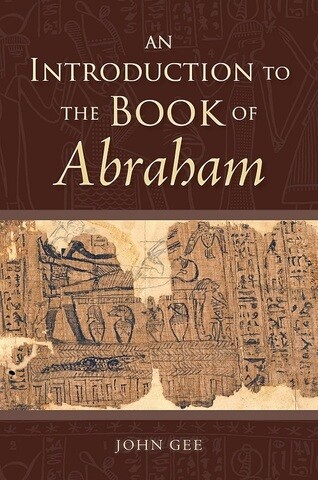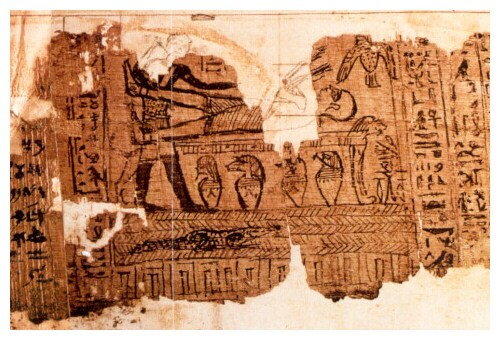When the Book of Abraham was first published to the world in 1842, it was published as “a translation of some ancient records that have fallen into [Joseph Smith’s] hands from the catacombs of Egypt, purporting to be the writings of Abraham while he was in Egypt, called ‘The Book of Abraham, Written by His Own Hand, upon Papyrus.’” The resultant record was thus connected with the papyri once owned by Joseph Smith, though which papyrus of the four or five in his possession was never specified.
Those papyri would likely interest only a few specialists—were the papyri not bound up in a religious controversy. Given the amount of information available, the various theories, and the variety of fields of study the subject requires, misunderstandings and misinformation often prevail. Every Latter-day Saint should read the Church's essay on the Translation and Historicity of the Book of Abraham. In addition, here are seven commonly asked questions and their answers to help Church members better understand the Book of Abraham and its relationship to the Joseph Smith Papyri.
1. Is the text of the Book of Abraham on the Joseph Smith Papyri?
No. The Book of Abraham is not on the surviving fragments of the Joseph Smith Papyri.
2. Doesn't the Church claim that it is?
No. The Church of Jesus Christ of Latter-day Saints has no official position on which papyri Joseph Smith translated the Book of Abraham from. They do have an official position that the Book of Abraham is “a translation of some ancient records that have fallen into [Joseph Smith’s] hands from the catacombs of Egypt.” The translation contained “the writings of Abraham while he was in Egypt.” The question of which ancient records, Joseph Smith did not publicly specify, and the Church has not specified the matter any further.
3. How did Joseph Smith translate the Book of Abraham?
The exact process is not known. The only statement is that it was done by direct inspiration from heaven. Although some 19th-century accounts claim that Joseph Smith used the Urim and Thummim to translate the Book of Abraham, those individuals were not actually involved in the translation and were not in a position to know. He definitely did not translate it using grammars or dictionaries or using the method of French scholar Jean-Francois Champollion (who deciphered Egyptian hieroglyphs and was a founding figure in the field of Egyptology).
4. Why do the Joseph Smith Papyri date so much later than Abraham?
Typically, the manuscripts of ancient narratives were copied later than the works themselves. For example, the earliest manuscripts of books of the Bible date many centuries after the books were written. Joseph Smith Papyri II-IX contain portions of the Book of the Dead, which were originally written hundreds of years earlier. Some of the portions of the Book of the Dead were texts written before Abraham was born, and yet they are still preserved in manuscripts even later than the Joseph Smith Papyri.
5. Shouldn't there be some indication that there was a Book of Abraham?
There are a number of ancient stories about Abraham that contain points similar to the Book of Abraham. Many of these are retellings of each other. The story changed over time, but some of them repeat parts of their source material word for word.
6.Could Joseph Smith have simply taken the Book of Abraham from these accounts?
The problem with that theory is that most of them were not available to Joseph Smith. They were in other languages or were not published until after his death. Those accounts available to Joseph Smith also contained details that differed from the Book of Abraham, and yet somehow Joseph Smith did not borrow those details. For example, while many of the accounts have Abraham saved from the fire in Ur, most of those accounts have God himself saving Abraham, and only a few accounts, not available in English until after Joseph Smith’s death, have Abraham saved by an angel—as it is in the Book of Abraham. If Joseph Smith were to borrow one of the accounts available to him, we would expect him to borrow the details as well.
7. Why don’t the interpretations of the facsimiles by Joseph Smith match the interpretations by Egyptologists?
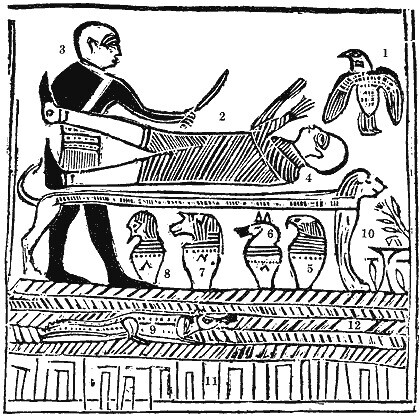
Facsimile No. 1
There are four questions and an assumption implicit in this question. The first question: What is the ancient Egyptian interpretation of the facsimiles? The second: What is Joseph Smith’s interpretation of the facsimiles? The third: How do Egyptologists interpret the facsimiles? The fourth: Do any of these interpretations match? The assumption is that the interpretation of modern Egyptologists is the same as the ancient Egyptian interpretation. This assumption is often false.
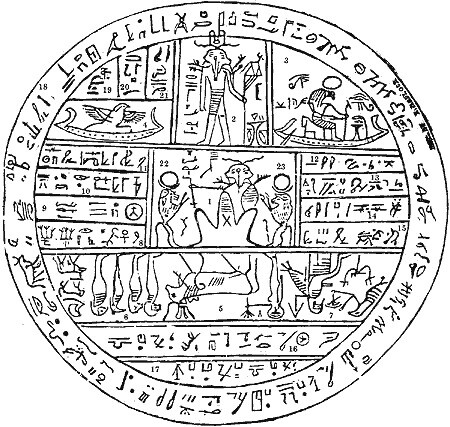
Facsimile No. 2
The process of interpreting the facsimiles actually begins by figuring out how we can determine what the ancient Egyptian interpretations of the facsimiles were. (And to complicate the issue even more, ancient Egyptians often interpreted a type of scene in more than one way.) At the time the Joseph Smith Papyri were written, very different figures were represented by the same iconography; a jackal-headed figure could represent Anubis, Duamutef, or Osiris, among others. Additionally, the same figure could be represented by different iconography. At the time of the Joseph Smith Papyri, the Egyptian god Anubis, for example, could be represented as a man, a lion-headed man, a jackal-headed man, a falcon-headed man, or a giant winged snake.
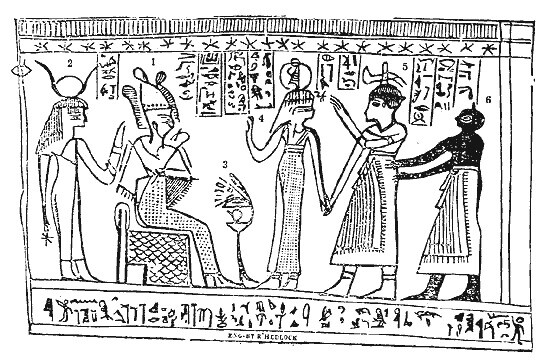
Facsimile No. 3
Lead image from Wikipedia
Learn more about the Book of Abraham and the Joseph Smith Papyri in John Gee’s new book, An Introduction to the Book of Abraham. Now available at Deseret Book stores and on deseretbook.com.
